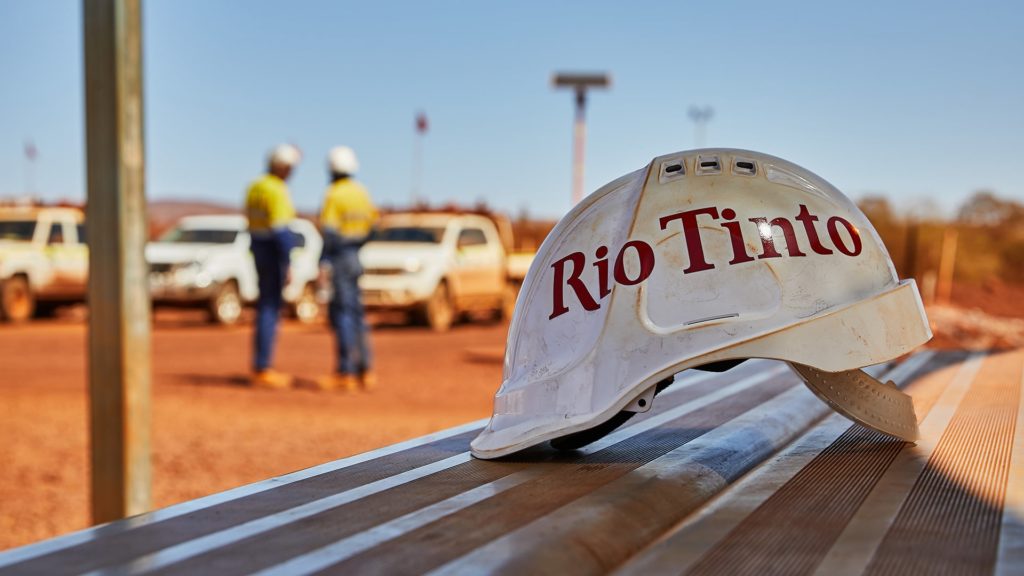Rio Tinto has outlined a new target to reduce its Scope 1 and 2 carbon emissions by 50% by 2030, more than tripling its previous target. To achieve this, it is setting aside around $7.5 billion of direct investments between 2022 and 2030.
Unveiled during an investor seminar this week, Rio said a 15% reduction in emissions is now targeted for 2025, five years earlier than previously stated, relative to its 2018 baseline of 32.6 Mt (CO2 equivalent – equity basis).
In recognition of the broader carbon footprint of the commodities it produces, Rio says it will accelerate its investment in R&D and development of technologies that enable its customers to decarbonise. Working in partnership with governments, suppliers, customers, academia and others, Rio intends to continue to develop technologies like ELYSIS™ for carbon-free aluminium and multiple pathways to produce green steel.
To meet additional demand created by the global drive to net zero emissions, Rio Tinto will prioritise growth capital in commodities vital for this transition with an ambition to double growth capital expenditure to about $3 billion a year from 2023, it said.
Rio Tinto can decarbonise, pursue growth and continue to deliver attractive returns to shareholders due to its strong balance sheet, world-class assets and focus on capital discipline, it explained.
Some key points from the presentation include:
- Decarbonisation of the Pilbara will be accelerated by targeting the rapid deployment of 1 GW of wind and solar power. This would abate around 1 Mt of CO2, replace natural gas power for plant and infrastructure and support early electrification of mining equipment;
- Full electrification of the Pilbara system, including all trucks, mobile equipment and rail operations, will require further gigawatt-scale renewable deployment and advances in fleet technologies
- Options to provide a greener steelmaking pathway for Pilbara iron ore are being investigated, including with biomass and hydrogen;
- Options are progressing to switch the Boyne Island and Tomago smelters in Australia to renewable energy, which will require an estimated circa-5 GW (equity basis) of solar and wind power, along with a robust “firming solution”;
- Development of ELYSIS to eliminate carbon emissions from the smelting process is progressing, with commercial scale technology on track for 2024.











